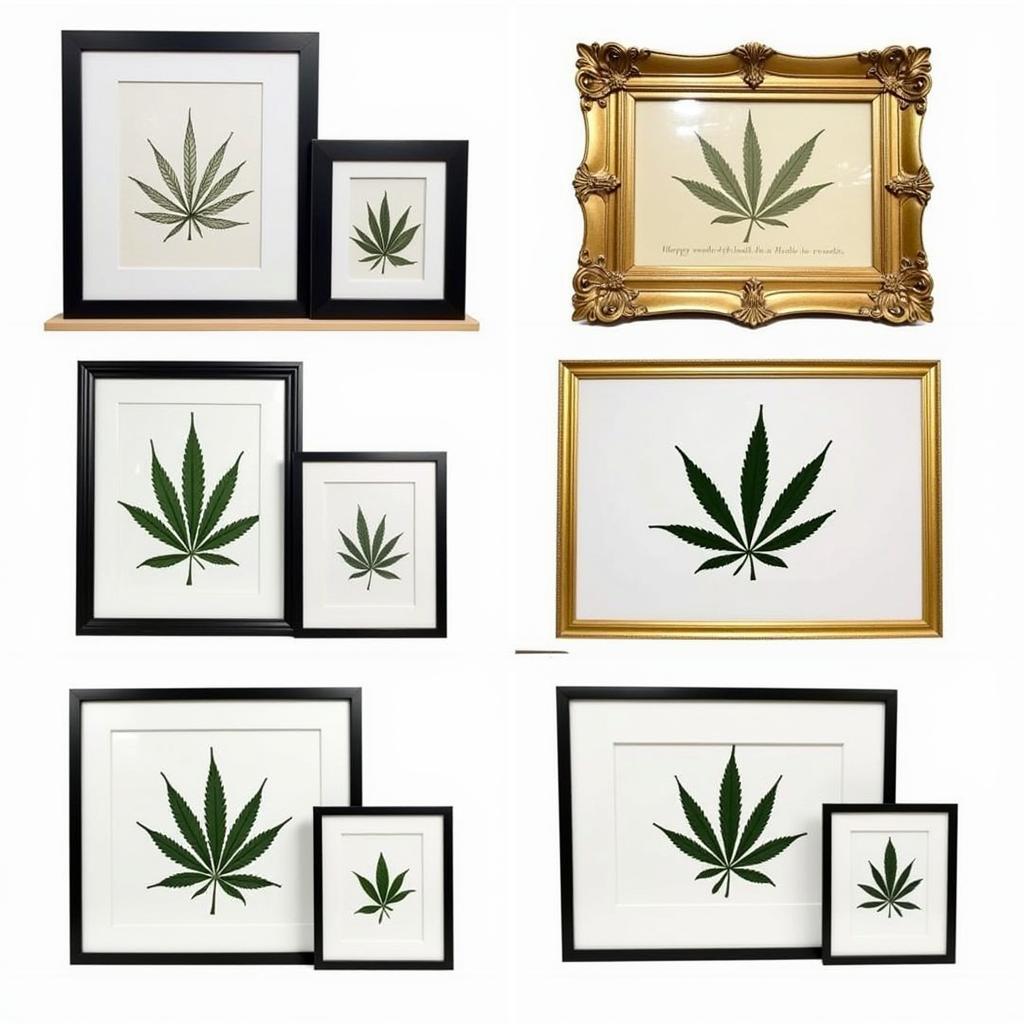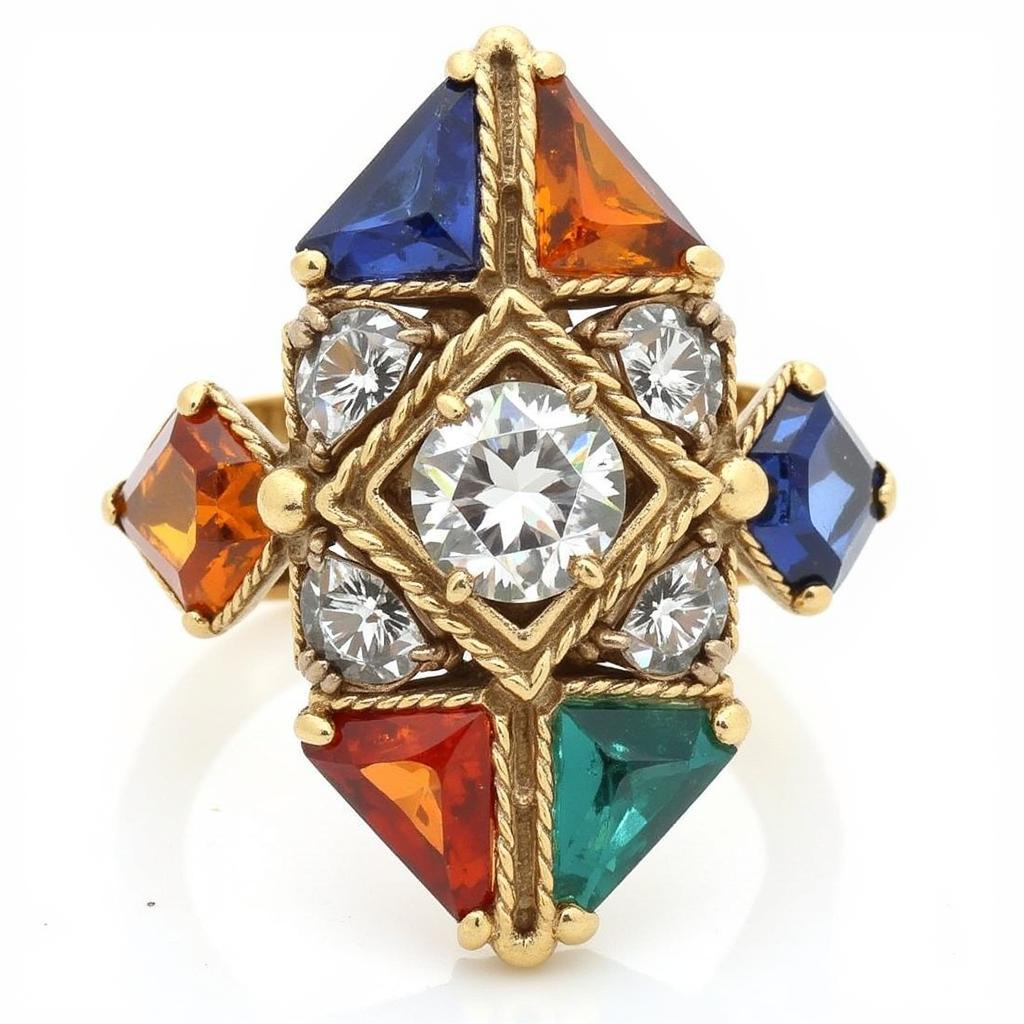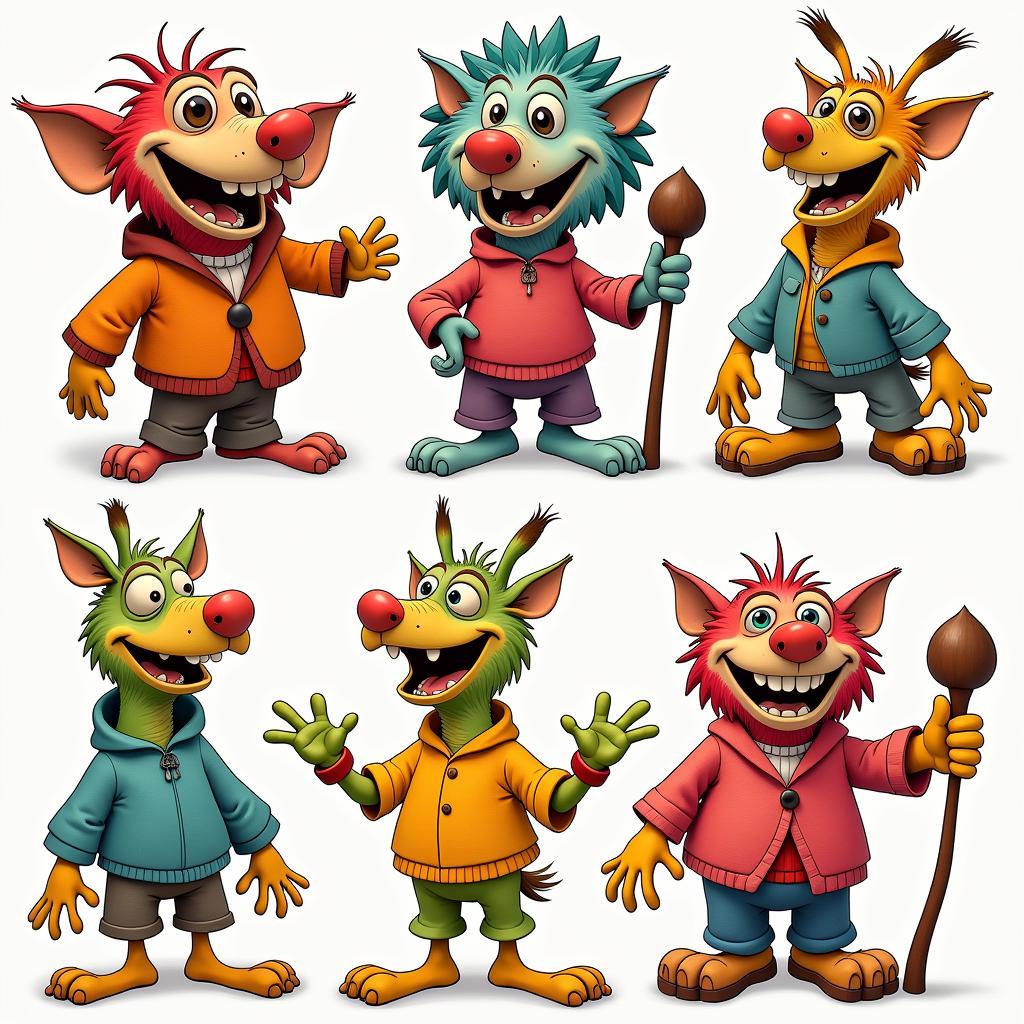Unveiling the Enigma: A Deep Dive into Japanese Skeleton Art
The intricate beauty of Japanese Skeleton Art, or kotsūga, captivates with its morbid elegance. This unique art form, rooted in Edo-era Japan, transcends mere anatomical representation to explore themes of mortality, spirituality, and the ephemeral nature of life.
More Than Meets the Eye: Unmasking the Significance of Kotsūga
While the Western world often associates skeletons with fear and death, kotsūga offers a different perspective. Emerging during a period of social upheaval and widespread epidemics, these artworks served as reminders of life’s fragility and the inevitability of death.
From Scrolls to Streets: Tracing the Evolution of Japanese Skeleton Art
Early examples of kotsūga, primarily found in Buddhist scrolls and literature, depicted skeletons as emaciated figures representing the impermanence of worldly pleasures. Over time, this imagery evolved, incorporating elements of humor, satire, and even eroticism, reflecting the changing societal attitudes towards death.
The Masters of Macabre: Exploring the Artists Behind the Bones
One cannot discuss kotsūga without mentioning Tsukioka Yoshitoshi, a master ukiyo-e artist who elevated the genre to new heights. His evocative portrayals of skeletons, often engaged in everyday activities or historical events, continue to captivate audiences with their raw emotionality and technical brilliance.
Beyond the Grave: Japanese Skeleton Art in the 21st Century
The influence of kotsūga resonates even today, inspiring contemporary artists, designers, and tattoo enthusiasts alike. From fashion accessories to street art, the imagery of the skeleton continues to transcend cultural boundaries, reminding us of the cyclical nature of life and death.
Conclusion
Japanese skeleton art, far from being morbid or grotesque, offers a unique and thought-provoking reflection on the human condition. It invites us to confront our mortality, embrace the present moment, and find beauty even in the face of death.
Frequently Asked Questions about Japanese Skeleton Art
- What is the meaning of “kotsūga”?
- When did Japanese skeleton art first appear?
- What are some common themes in kotsūga?
- Who are some notable artists associated with this art form?
- Where can I see examples of Japanese skeleton art today?


